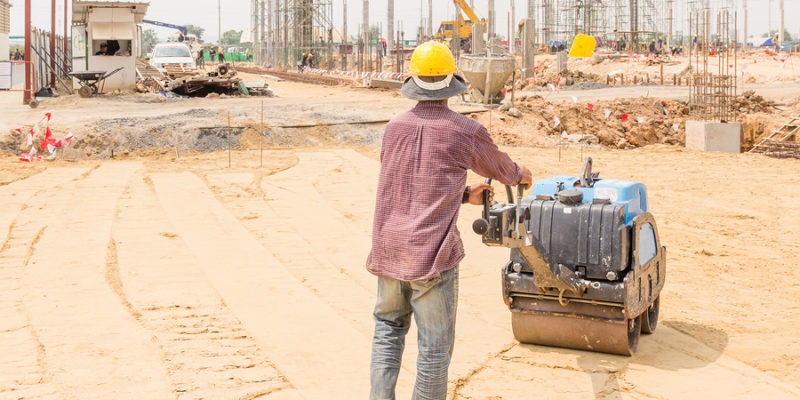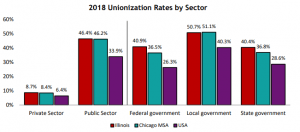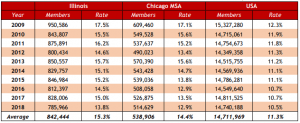Crain’s Chicago Business
January 30, 2023 | Frank Manzo
A good rule of thumb in policymaking is “first, do no harm.” When elected leaders fall short, the genius of our system is that we have the opportunity to course correct, either at the ballot box or by demanding legislative change.
In the case of states that repealed laws governing who can win bids on public infrastructure projects, the data overwhelmingly suggests that such a correction is warranted.
Between 2015 and 2018, six U.S. states—Indiana, Wisconsin, Michigan, Kentucky, West Virginia and Arkansas—each repealed their state prevailing-wage laws that established minimum labor standards on taxpayer-funded projects like roads, bridges, schools and water infrastructure. All did so promising to save money, including by “building five schools for the price of three.”
The problem is: it never happened. As one Indiana Republican lawmaker put it, “we got rid of prevailing wage and, so far, it hasn’t saved us a penny.” His conclusions were ultimately confirmed by the Indiana Department of Labor.
In Wisconsin, a study that examined highway projects pre- and post-repeal showed that the state not only failed to save money, but that it might have increased cost overruns. In West Virginia, the School Building Authority similarly concluded that prevailing-wage repeal was not saving taxpayers any money. The list goes on.
…
That’s why researchers at the Illinois Economic Policy Institute and the Project for Middle Class Renewal at the University of Illinois Urbana-Champaign recently compared construction labor market outcomes in repeal states against the states that maintained their prevailing-wage laws.
The results are not pretty.
Compared to states that maintained their prevailing-wage laws, construction wage growth lagged by 4% to 13% in repeal states. Construction employment growth and workforce productivity were slower as well. On-the-job fatalities increased by 14%. Repeal created unnecessary hardships for blue-collar workers struggling to keep up with rising costs.
Repeal also imposed new burdens on taxpayers. Local businesses won fewer projects, with more than $1 billion in taxpayer dollars being exported to out-of-state contractors annually. And, instead of delivering any project savings, repeal states saw the number of construction workers relying on food stamps and other government assistance programs grow as job quality eroded.
The bottom line is that market standards and job quality matter. Especially in construction, where competence can be a matter of life and death and a lack of job quality only makes it harder to attract skilled workers to in-demand and physically challenging occupations.













